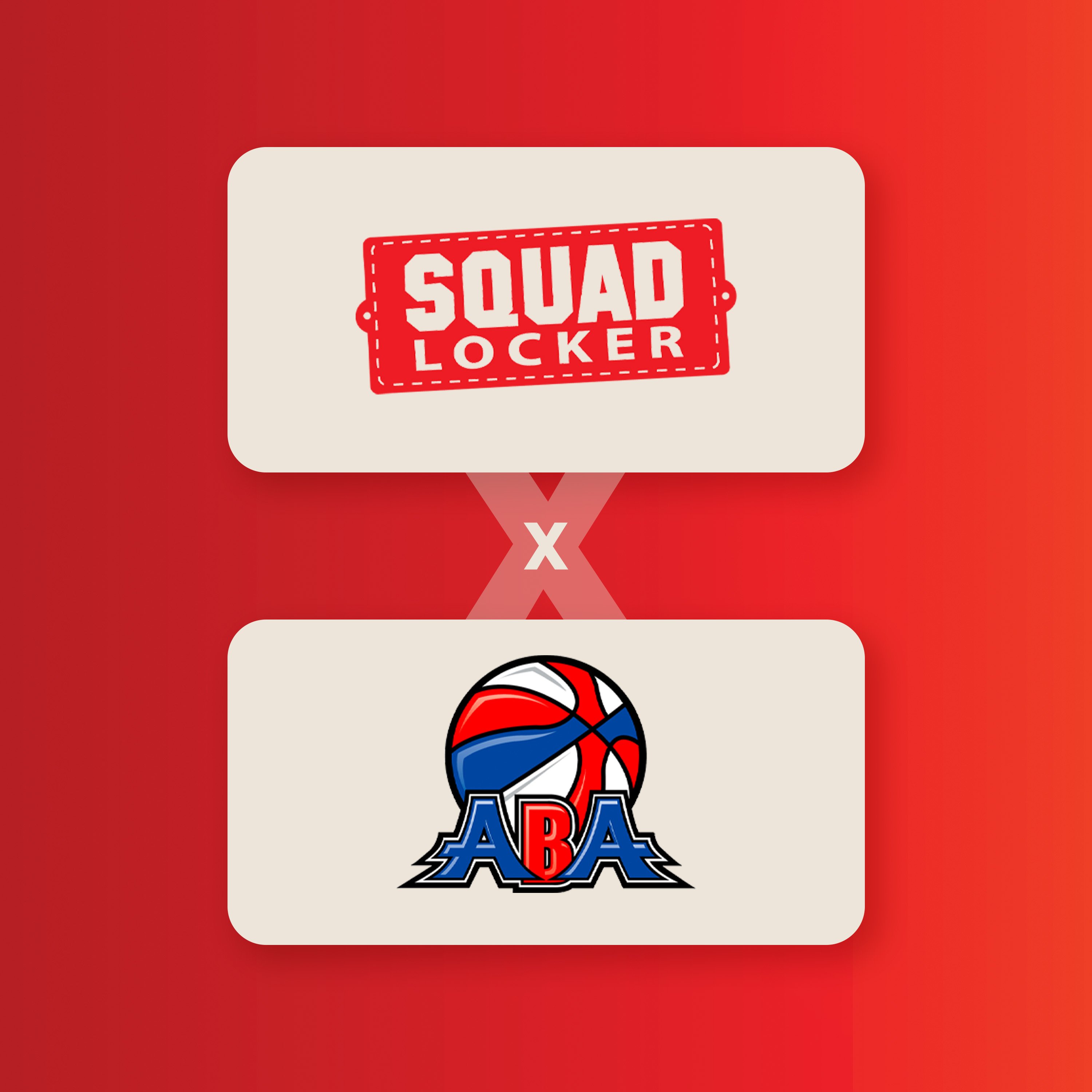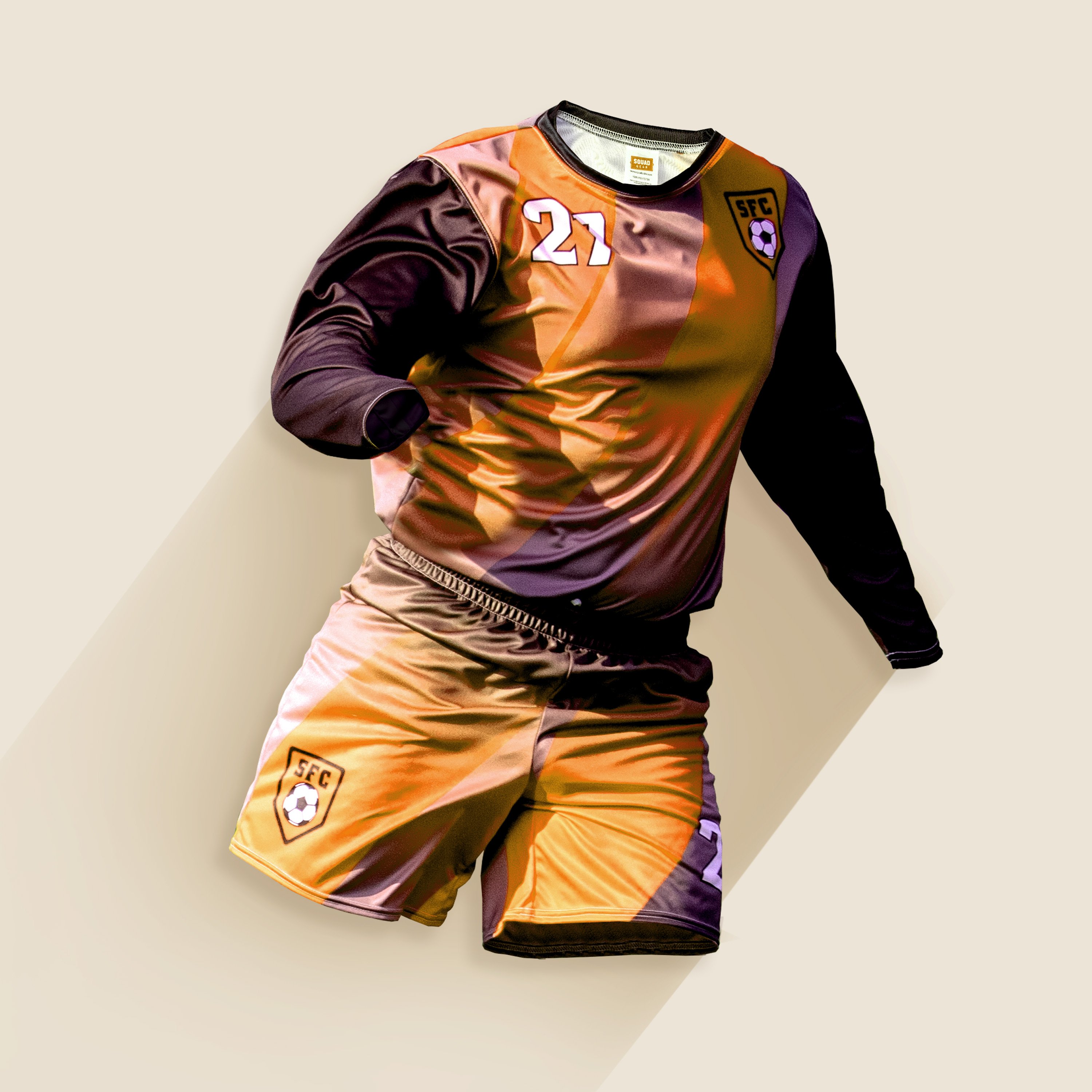Youth sports isn’t all fun and games. Anyone who manages a youth sports organization knows that there are potential liability issues that must be addressed. Plus you have to comply with federal, state, and local regulations. Risk management is the not-so-fun side of being the Person in Charge, but it is all-important to protect your organization and everyone associated with team as you return to play.
Especially now. Returning to play in the shadow of COVID-19 brings its own set of liability considerations. If you haven’t already met with your attorney, now is the time to do that. You have plenty to talk about, and your attorney’s advice will affect the details as you work to create your Return to Play Playbook.
Don’t assume existing protections will cover COVID-19 risks
Your organization undoubtedly has liability insurance, but COVID-19 is a whole new ball game. Chances are good that your policy does not cover exposure to communicable diseases, but you should talk with your carrier and review your policy carefully to make sure you know what is and is not covered. A word of warning here: if you are shopping for new insurance, you may find an increasing number of carriers deliberately excluding COVID-19 risks from any type of coverage.
Don’t assume proposed legislation will exempt your organization
There has been a lot of talk about federal and/or state efforts to limit business liability surrounding COVID-19, as pandemic-based restrictions are gradually being lifted. Even if so-called “potential liability shields” of some type are ever enacted, you will still be required to make every effort to return to play safely so as to avoid spreading the virus.
Your goal is to protect your organization as best you can from lawsuits that relate to alleged exposure to COVID-19 risks or to contracting the virus at one of your practices or games. The claim would likely be that you were negligent, in that you failed to mitigate potential risk or that you failed to cancel the practice or event altogether. Protecting your organization requires protecting participants, spectators and others who may be present.
To help avoid liability, you need to show that you’re exercising “ordinary and reasonable” care as you return to play – a concept that can vary to some degree from one jurisdiction to another. For your YSO, you’ll want to consider requirements mandated by:
- Federal, state, and local government or other agencies
- Sports governing groups
- School districts or athletic associations (if applicable)
Topics for discussion with your attorney
Waiver/release language
You will need to modify your existing waiver for minors and adults, or as some sports teams are doing, create a second waiver that specifically addresses COVID-19 risks. The language should be crystal clear – the signer understands they are subjecting their child or themselves to risk of COVID-19 exposure or infection, even though your organization is taking precautions to limit that risk. Safety is not guaranteed.
There has always been a question about the actual enforceability of waivers, and that may be an even bigger question with COVID-19. Nonetheless, you should be as honest and clear with people as you can. The signer is:
- Assuming the risk by choosing to participate or attend your event
- Acknowledging that their failure to follow known precautionary measures, especially any that you have designated via signage, etc., constitutes contributory negligence on their part
If some or all of your staff are volunteers, the federal Volunteer Protection Act of 1997 protects them in some ways against lawsuits aimed at them or your organization – never, however, if their own actions are grossly or willfully negligent. Ask your attorney to clarify this, if necessary, and make sure all your people follow all the rules, all the time.
Parental authority to sign
This is a gray area in some states, where parents cannot legally sign away their child’s right to sue for a sports-related injury. No doubt you’re already familiar with this issue, but talk to your attorney about how it may apply to COVID-19 risks and the language in your waiver/release form.
Communications
An important part of your diligent efforts to prevent exposure to COVID-19 is advertising your required protocols and guidelines. You can do that via:
- Event signage, posted at entrances, key points such as restrooms, etc. Signs should list protective measures (physical distancing, for example) and urge people to follow proper hand-washing procedures and wear a face mask.
- Broadcasting friendly reminders over your PA system before and during the event.
- Including prevention messaging in your regular communications with staff, players, families, and others. The Centers for Disease Control has produced a number of free, professional-quality printable materials and videos you can access here.
Have your attorney review and approve the language used in any communications you create yourself, to be sure wording is clear and legally appropriate.
You cannot create a perfect environment that eliminates potential exposure to COVID-19 or guarantees no one will become infected. But taking steps to protect your organization from potential liability will also help ensure you’re doing everything you can to mitigate risk for everyone.
Share this Story



.jpg)







